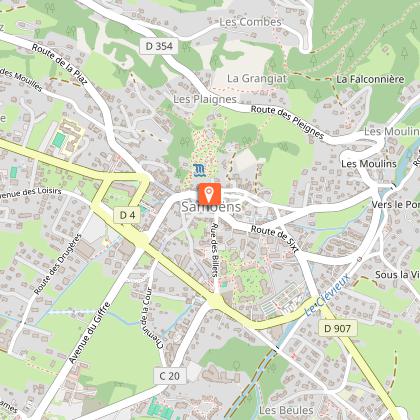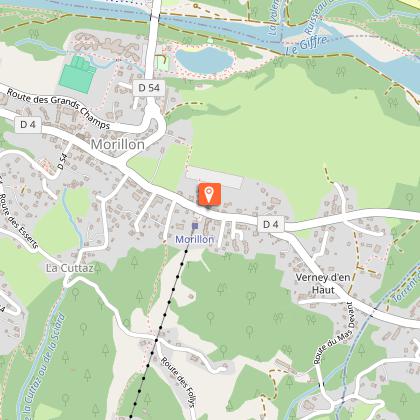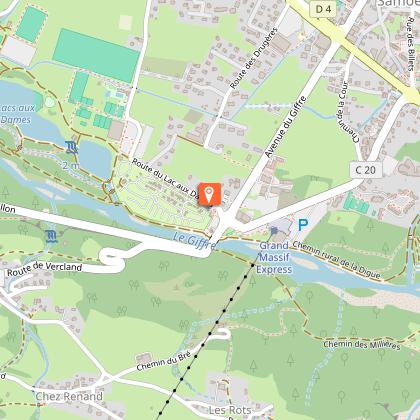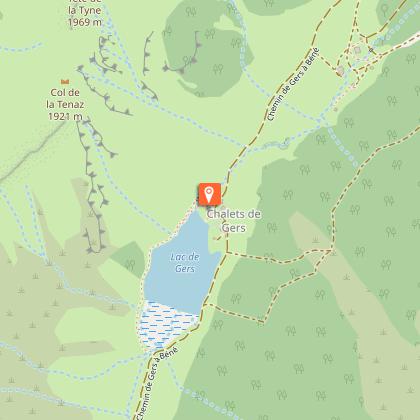Tours
Activities
Places of interest
Where to eat
Where to sleep
Samoens, Haute-Savoie, Rhône-Alpes
Are you in charge of the destination?Nestled in the heart of the Alps, in the Haute-Savoie department, Samoëns is a dream tourist destination. The charming town of Samoëns offers a perfect blend of nature, culture, and adventure. Picture yourself strolling through its cobbled streets, discovering rich traditions, and appreciating its historical heritage while enjoying breathtaking alpine landscapes. Surrounded by majestic mountains, ...See more
What to do in Samoens
See more suggestionsExperience unique moments with the bookable activities in Samoens.
See more suggestionsIGN cards

3530ETR - SAMOENS RESISTANTE HAUT-GIFFRE
Editor : IGN
Collection : TOP 25 RÉSISTANTE
Scale : 1:25 000
17.20€

3530ET - SAMOENS HAUT-GIFFRE
Editor : IGN
Collection : TOP 25 ET SÉRIE BLEUE
Scale : 1:25 000
13.90€

TOP75004 - BEAUFORTAIN MASSIF DU MONT BLANC
Editor : IGN
Collection : TOP 75
Scale : 1:75 000
9.80€
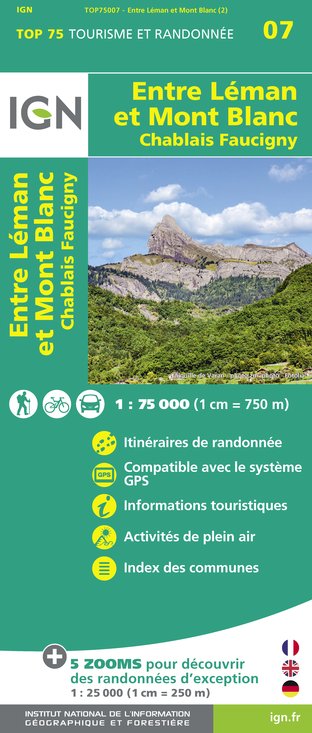
TOP75007 - ENTRE LÉMAN ET MONT BLANC CHABLAIS FAUCIGNY
Editor : IGN
Collection : TOP 75
Scale : 1:75 000
9.80€
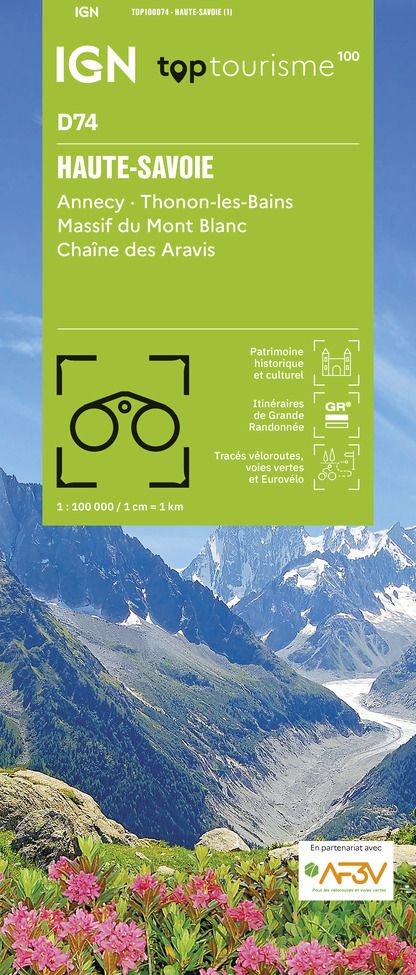
TOP100D74 - HAUTE-SAVOIE ANNECY THONON-LES-BAINS MASSIF DU MONT BLANC CHAÎNE DES ARAVIS
Editor : IGN
Collection : TOP 100
Scale : 1:100 000
8.40€

202 JURA ALPES DU NORD
Editor : IGN
Collection : TOP 200
Scale : 1:200 000
6.80€

D25-39 DOUBS JURA
Editor : IGN
Collection : CARTES DÉPARTEMENTALES IGN
Scale : 1:150 000
5.90€

NR15 AUVERGNE-RHÔNE-ALPES RECTO/VERSO MASSIF ALPIN
Editor : IGN
Collection : CARTES RÉGIONALES IGN
Scale : 1:250 000
6.80€

NR14 AUVERGNE-RHÔNE-ALPES RECTO/VERSO MASSIF CENTRAL
Editor : IGN
Collection : CARTES RÉGIONALES IGN
Scale : 1:250 000
6.80€

SUISSE
Editor : IGN
Collection : DÉCOUVERTE DES PAYS DU MONDE IGN
Scale : 1:303 000
7.00€

EUROPE
Editor : IGN
Collection : DÉCOUVERTE DES PAYS DU MONDE IGN
Scale : 1:2 500 000
7.00€
What to visit in Samoens
See more suggestionsAttend shows and concerts in Samoens.
See more suggestionsWhere to eat in Samoens
See more suggestionsSavor culinary specialties in Samoens.
See more suggestionsWhere to sleep in Samoens
See more suggestionsBook your stay at one of Samoens's accommodations.
See more suggestions









